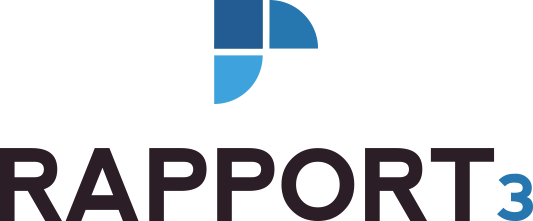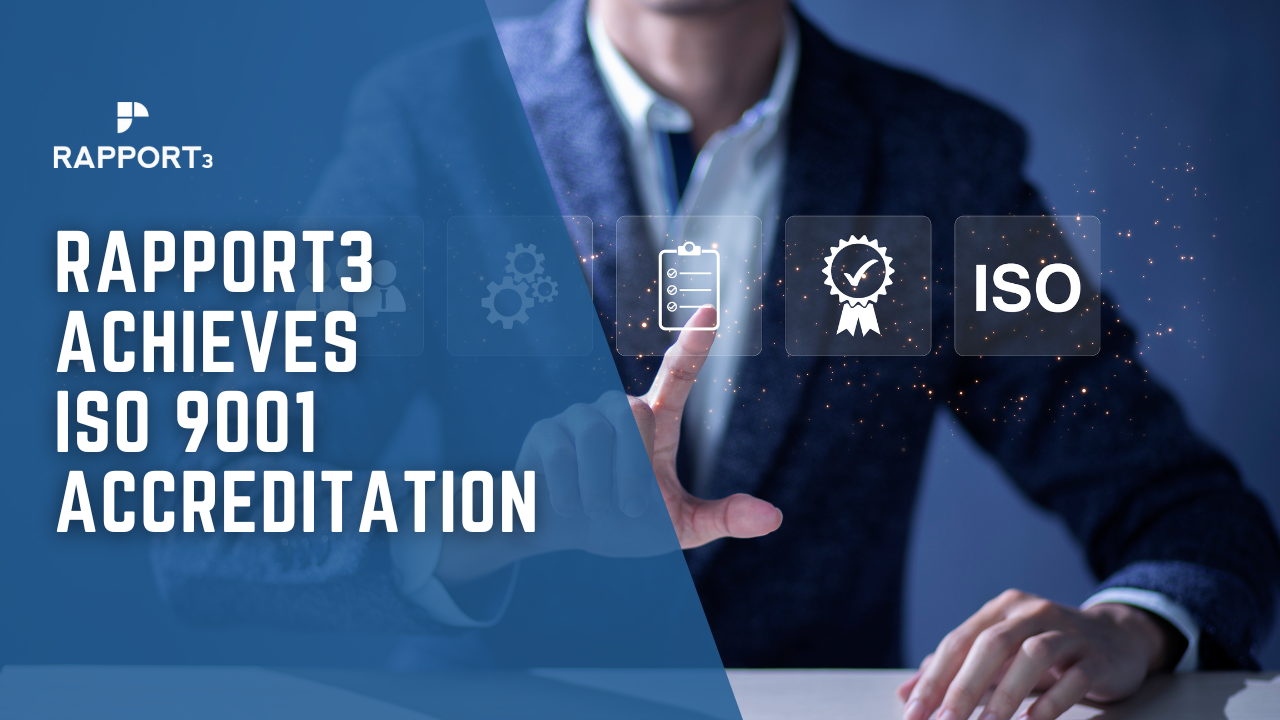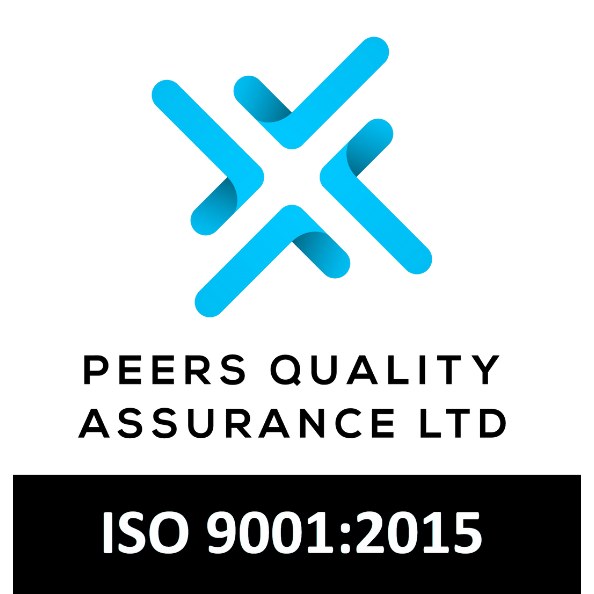Could VR Improve Our Experience of ERP Solutions?
December 3, 2020
Could Virtual Reality be beneficial for the project processes of the AEC industry?
In the near future, we could finally start moving away from 2D small screens towards a truly immersive experience for project planning and delivery.

I recently purchased an Oculus Quest 2.0 - a virtual reality set - and, being a child of the seventies, it really feels like the future has arrived. It has been a long-standing dream of mine (and, I'm sure, many kids brought up with the ZX Spectrum or Commodore 64) to casually put on a pair of glasses and be whisked away to another world. The technology has come a long way over the past 5 years and, although relatively new, it has had big investment from the likes of Facebook and HP. Sales in VR software has grown from $30 million in 2017 to a forecast $300 million in 2020.
After using the device for the past month, I started wondering how VR could be utilised by a package like Rapport3. The connection isn’t an obvious one at first, and whether Rapport3 users would pick up a VR headset to access Rapport3 would be interesting to see. Data entry would most likely be slow and clunky (using and seeing a real keyboard in VR software is a newly-emerging functionality and it’s not great yet) and, although virtual reality conference software allows the sharing of PC screens in a virtual café or an Alpine lodge, I wonder whether anyone would choose communicating this way over using Zoom and a shared screen?
How VR Could Improve the Use of ERP Solutions
One area I think VR could offer value is analysing Rapport3 data. Regardless of whether the data being analysed is a tabular report or a jazzy PowerBI dashboard, right now it is usually viewed in 2D on a screen probably no bigger than 23 inches. Trying to cram complex data and relationships into this limited space can be a challenge - but imagine immersing yourself and colleagues in a full-scale 3D world where data can not only be explored, but experienced.
Imagine having a project review meeting with colleagues in the current model of the building, with key project information available from within. Giant billboards presenting the project team with key data, like hours or costs spent. It could even be done with staff avatars rather than photos, allowing for the avatar to look different pending on workload pressures. An exhausted-looking avatar could indicate problems on the job. Additionally, stepping into a single bar from a fee forecast could take you to another virtual room where you can see and hold all the invoices that make up the fee for that month.
Eventually, perhaps, even resource plans could be manipulated within this environment, with staff represented as avatars on a large grid and being virtually moved around from one job to another, after which the effects on profitability and/or staff well-being could be monitored. You could also fly around the grid to get a birds-eye view, or land next to an avatar to initiate a virtual video call to discuss workload.
I do think VR offers some exciting opportunities to look at ERP solutions in a different way and perhaps help the industry finally break free from 2D and small screens. I would be interested in hearing any feedback and views on this - just contact me at
daniel.logiudice@cubic-interactive.com.












